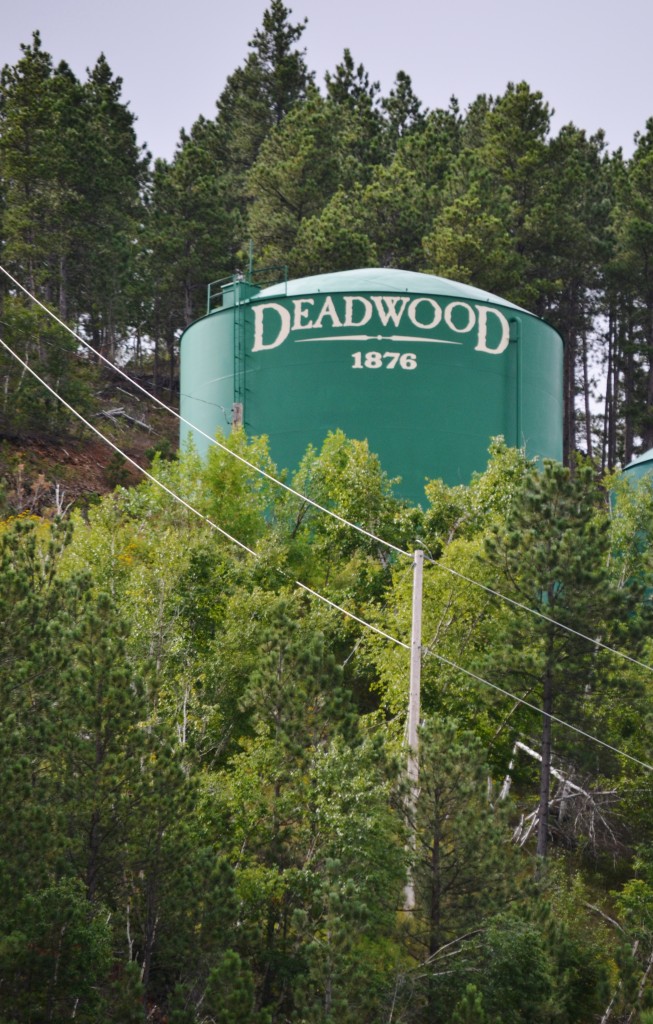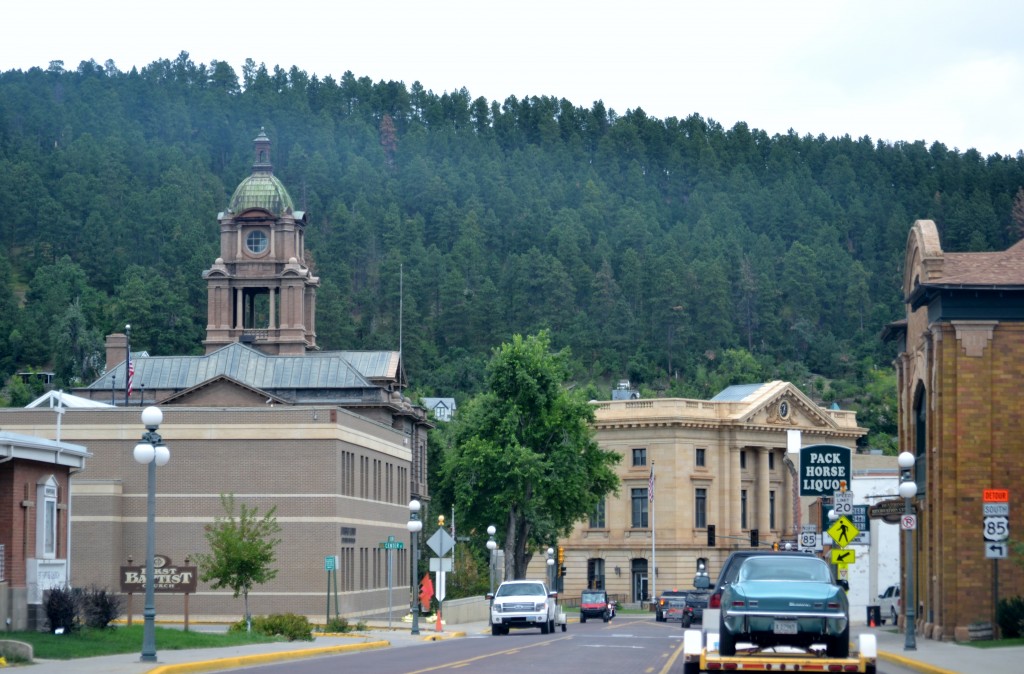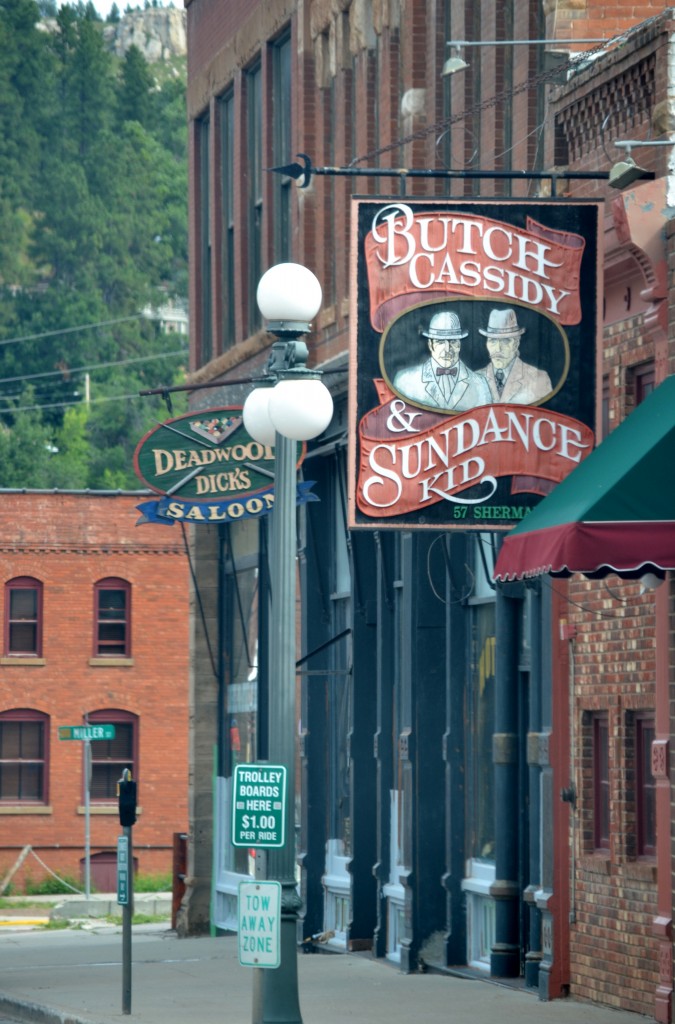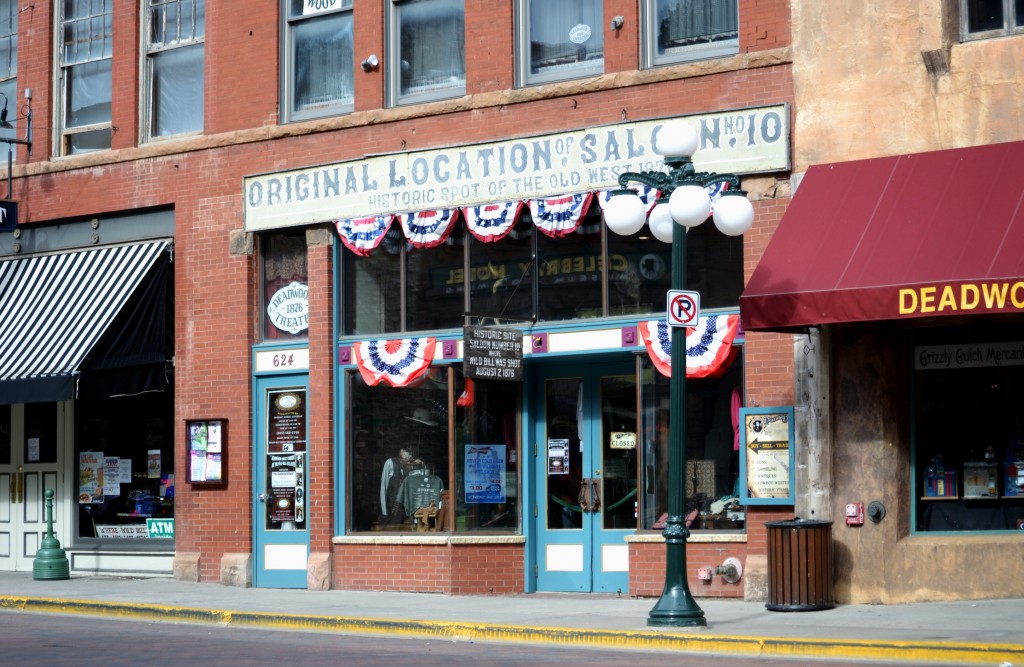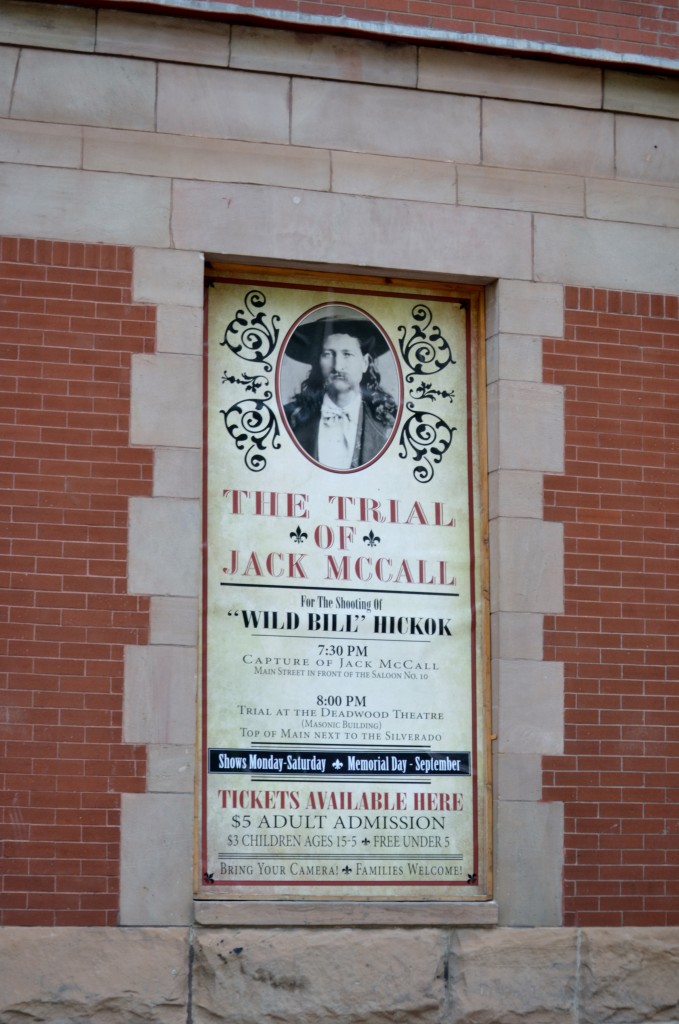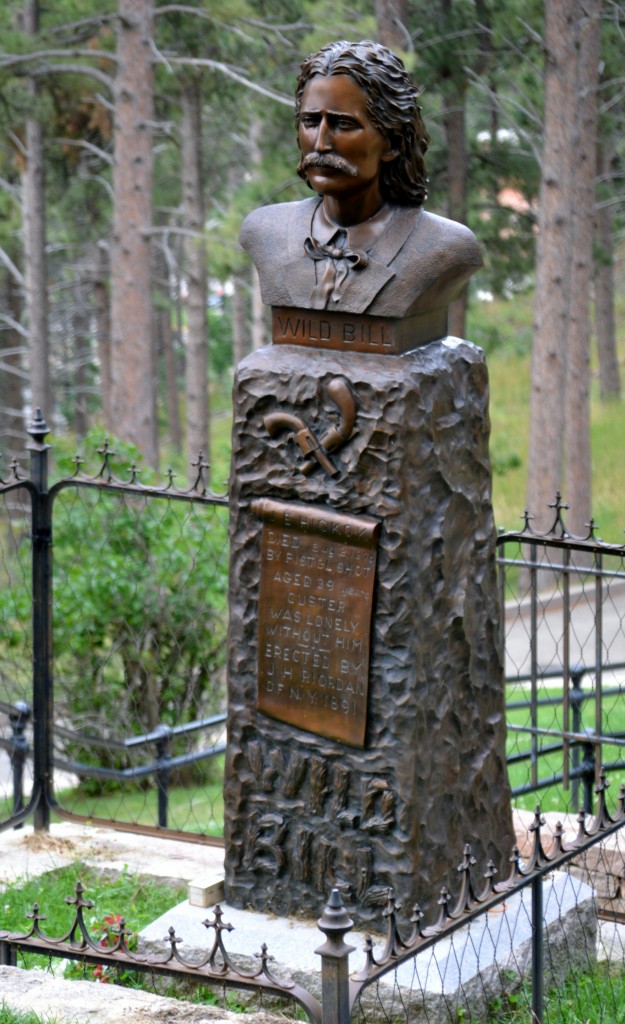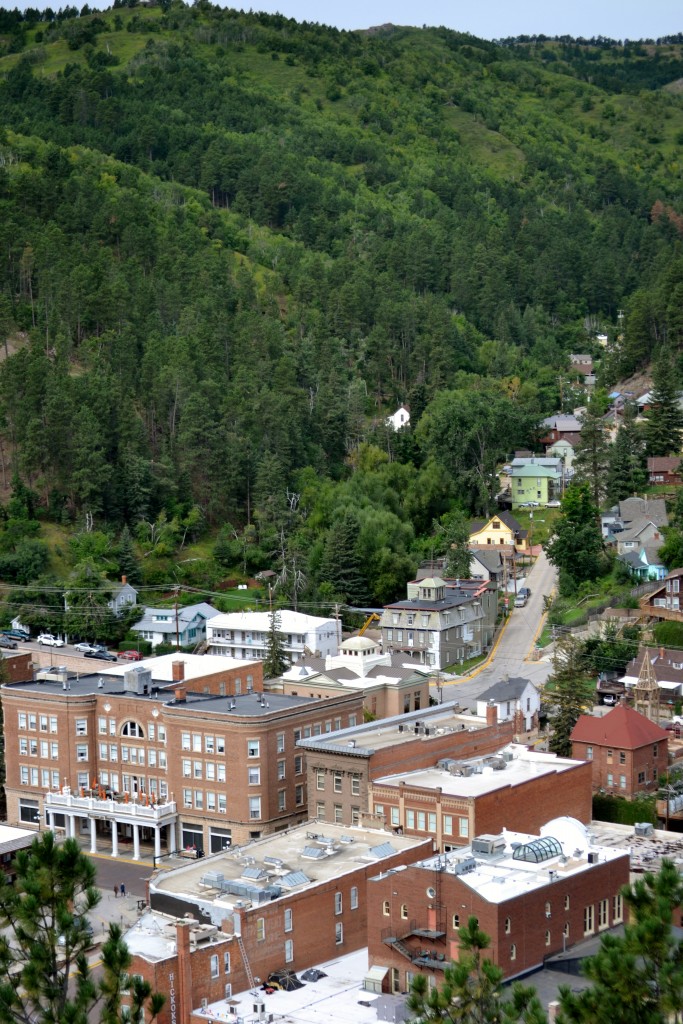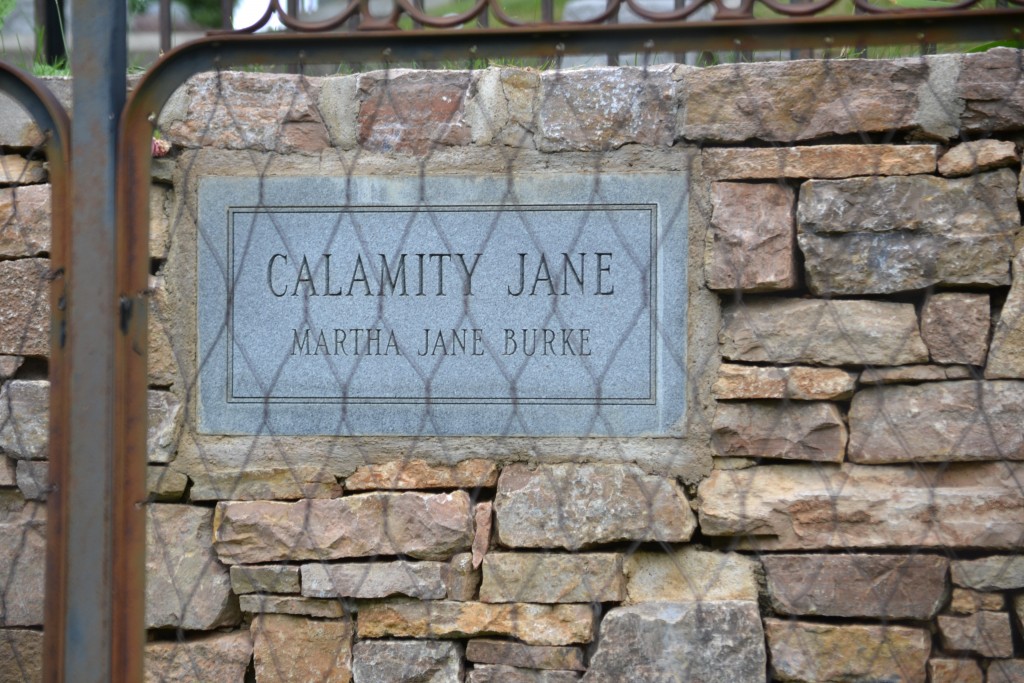I spent the morning visiting the historical buildings located on the Village Green and those in the outer perimeter. The structures built in the early 20th century include the 1920’s Grime Homestead, Building 19 on the Complex Map. This has been such a fabulous, educational experience learning about the history of each of the buildings as well as exploring the items that are inside relating to the type of building, shop or museum. I hope you have had the opportunity to read Part 1 of my Sauder Village blog to put this amazing complex in perspective and to understand Sauder Village’s beginnings.
Celebrating forty years as Ohio’s Largest Living History Destination, the Village is an amazing replica of a small town dating between the years 1803 to the 1920s. From the Natives and Newcomers Exhibit to the Pioneer Settlement there are close to forty buildings that will give you a glimpse of a time in US history with abundant growth and change.
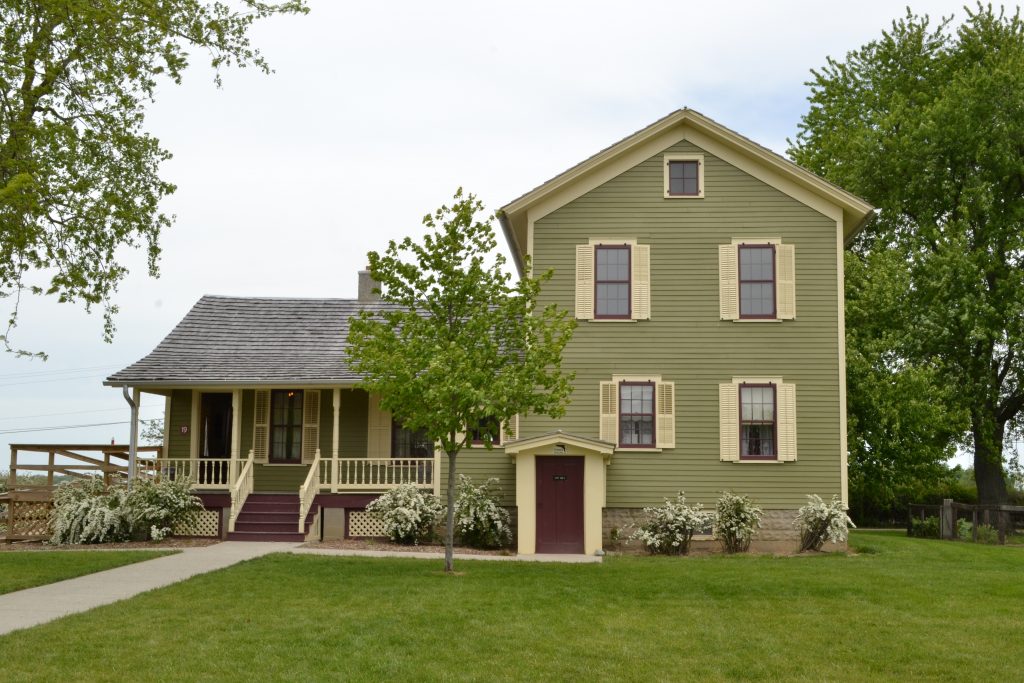
The 1920s Grime Homestead looks practically like any other farm house that one would see in Ohio. A beautiful representation of our country’s “Modern Era”, this home is very similar to those we would see today without many of the technological advancements.
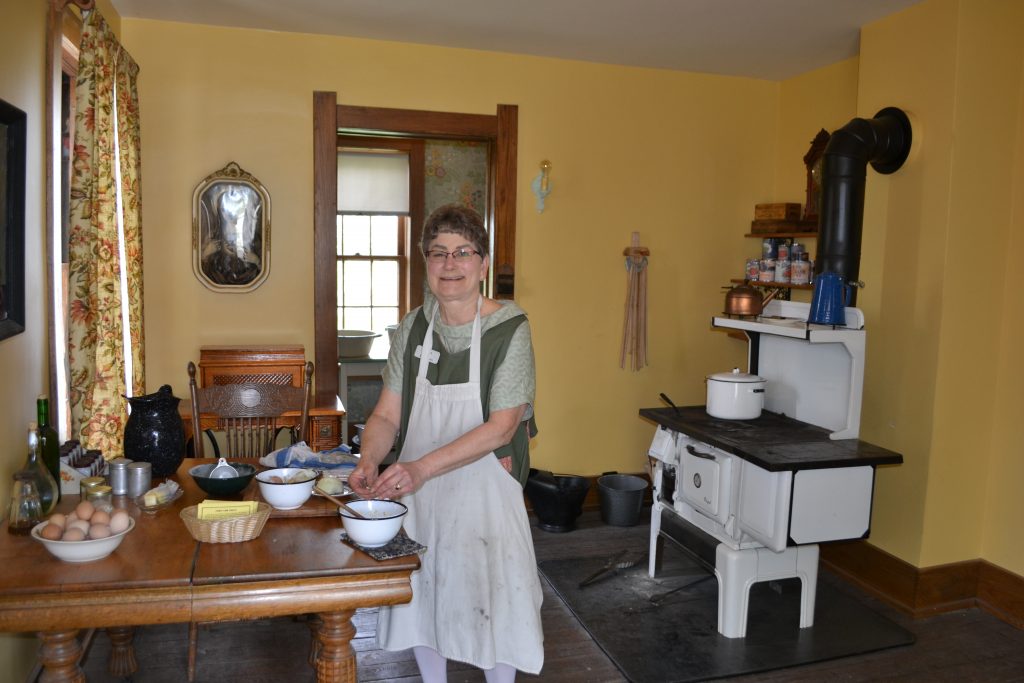
Friendly costumed guides are staged throughout the structures, replicating the activities of daily life at this time. Inventions, such as the gas range reduced the amount of time to prepare family meals. Our guide explained the process of gathering the ingredients of the meal using items the farm such as flour and eggs. Using the appliances and kitchen gadgets from that era, she explained the steps to ready her meal and offered samples of the pie she had prepared in advance.
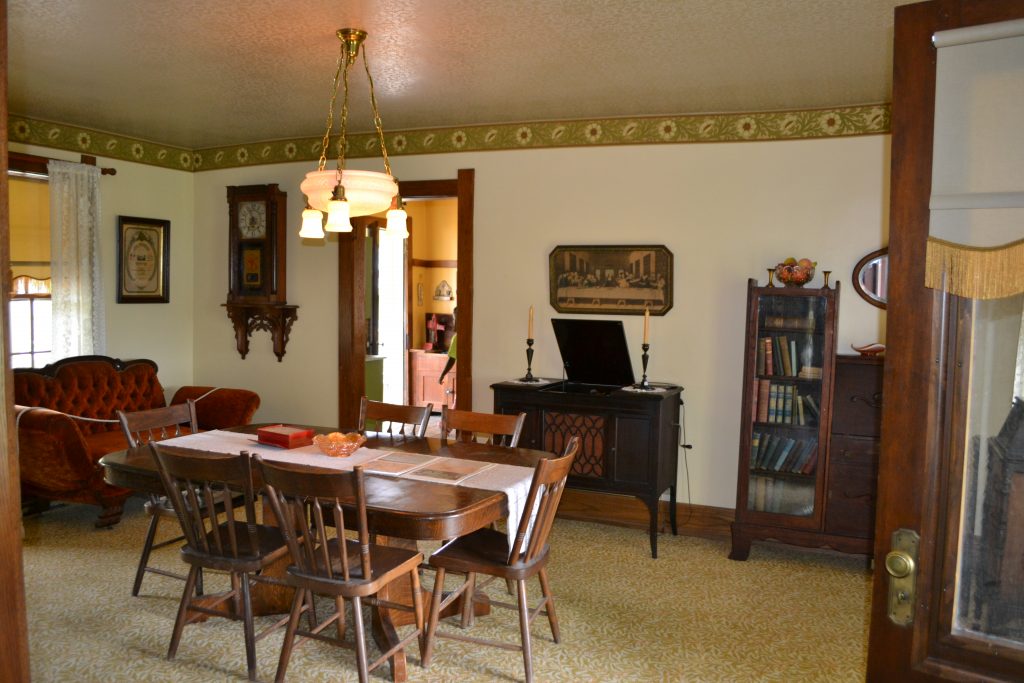
The dining room, located off of the kitchen also served as a casual family room. Furniture included a table and chairs, a couch, phonograph and radio as well as wall decorations. Unlike the prevous rooms, this floor was carpeted. I learned that carpeting symbolized the wealth of a family, able to afford some of the nicer things in life and were considered well-off financially.
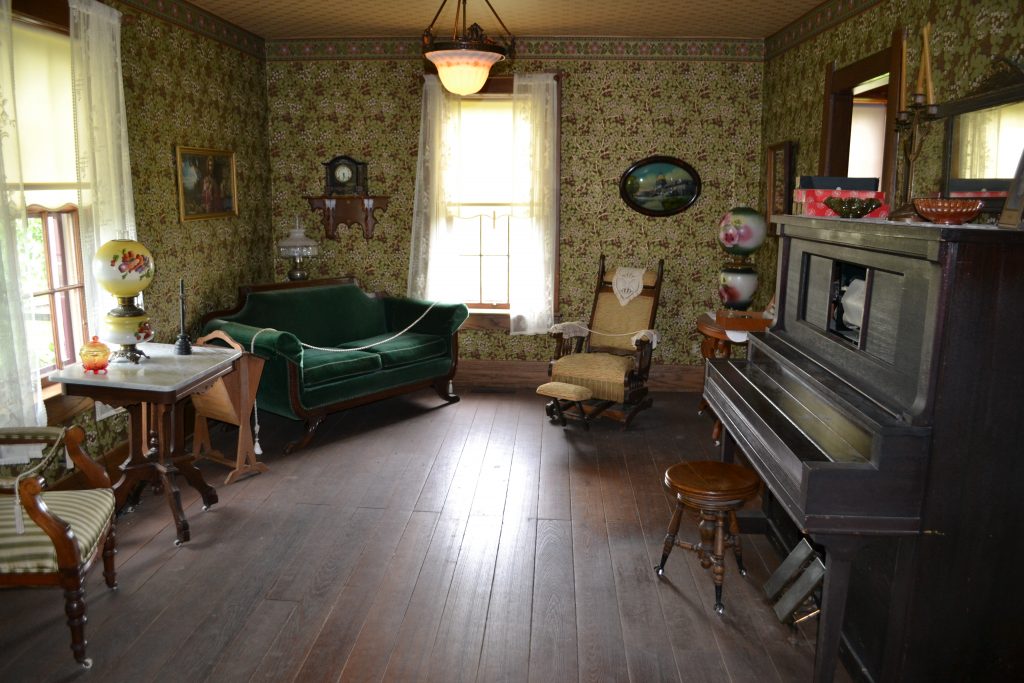
Entering the parlor, I was immediately drawn to the upright player piano reminiscent of the one I had as a child. This space in the house was set aside for entertaining guests and housed the more delicate possessions of the family, such as expensive furniture and family heirlooms.
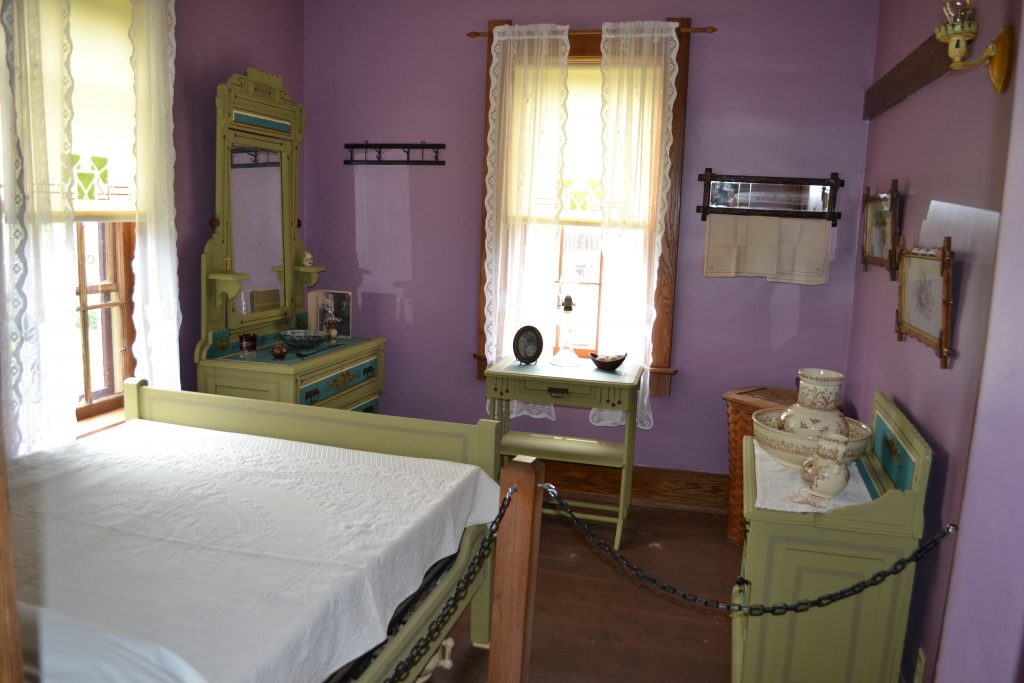
The master bedroom, typical of one that you would find in the 1920s, was simple yet functional. The women loved vanities and dressing tables with benches. During this era, it was not uncommon to find furniture made out of veneer to help reduce the cost.
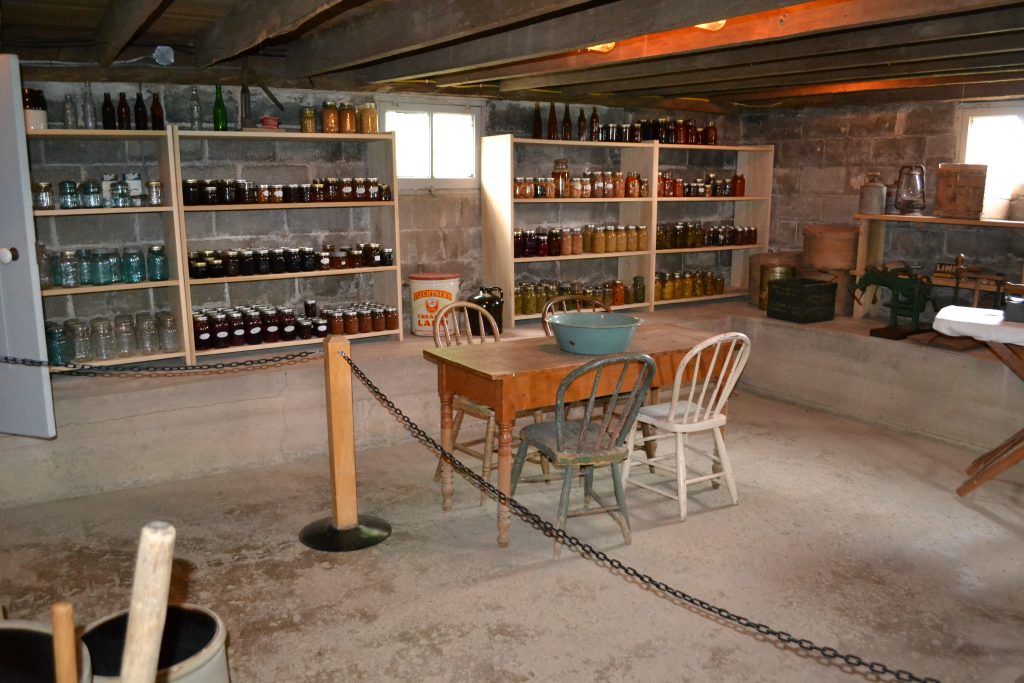
Downstairs, the large cellar served as a pantry and cooler for storing meat and milk. Because grocery stores were not as readily accessible in the 1920s, the lady of the house would can fruits and vegetables then place them on shelves until she was ready to use them.
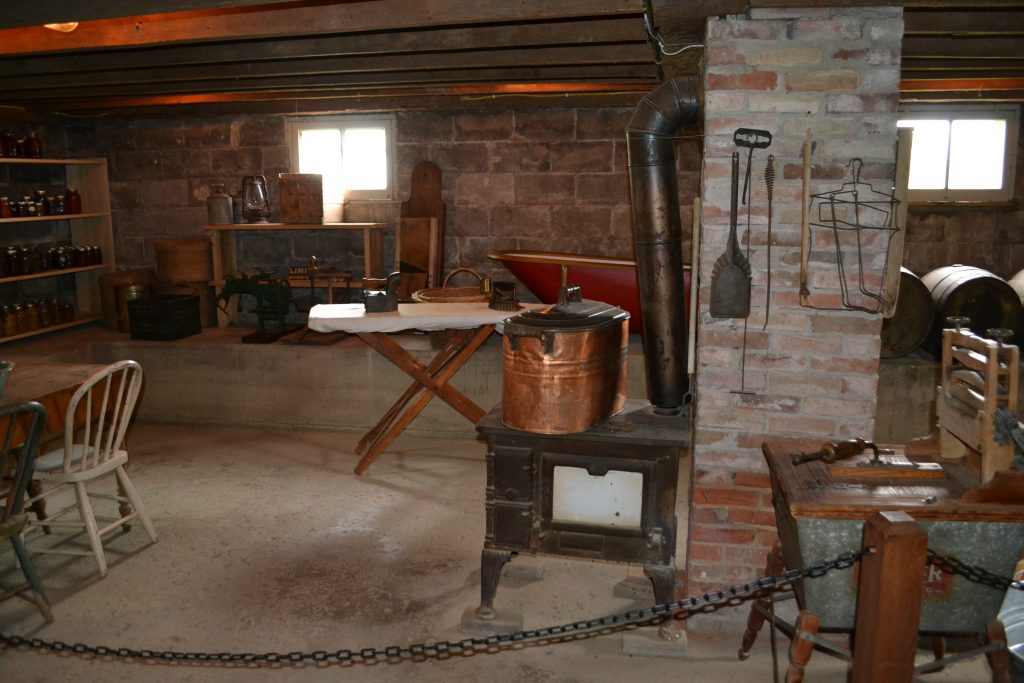
The cellar also housed the laundry for cleaning of the clothes, hanging them out to dry and then ironing them on a regular basis.
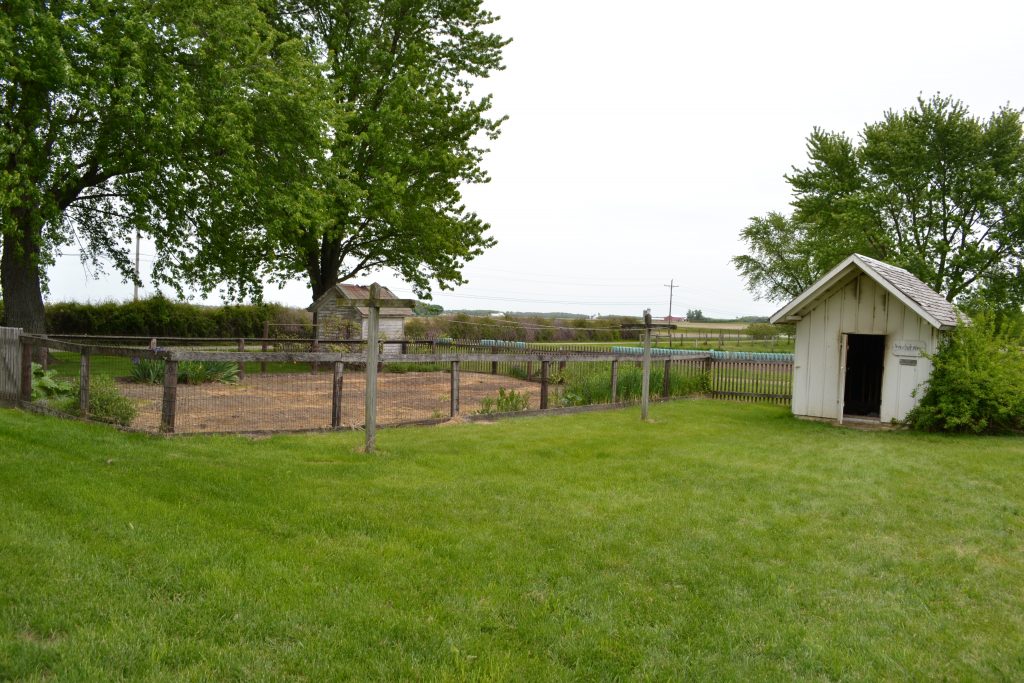
Exiting the cellar into the outdoors was a garden, storage shed and outhouse. A garden’s size was based on the number of family members in the home as the produce was used to feed the family.
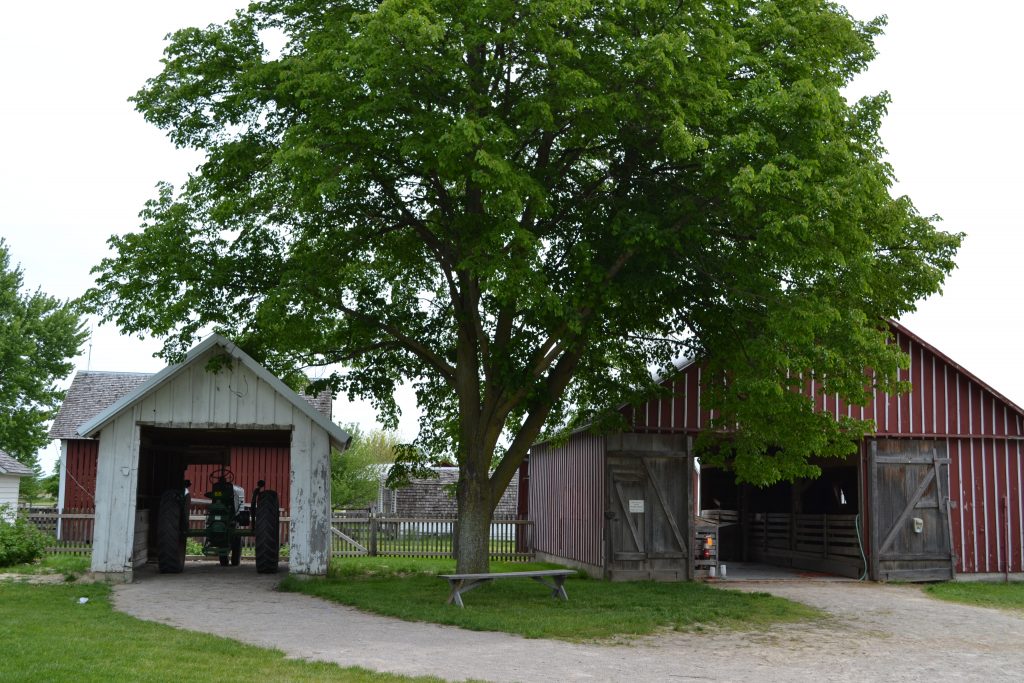
Before reaching the festival barn, I passed the garage that held the tractor. This was the first motorized vehicle on the property. I was so excited to see all of the farm animals and spent most of my time in this part of the village.
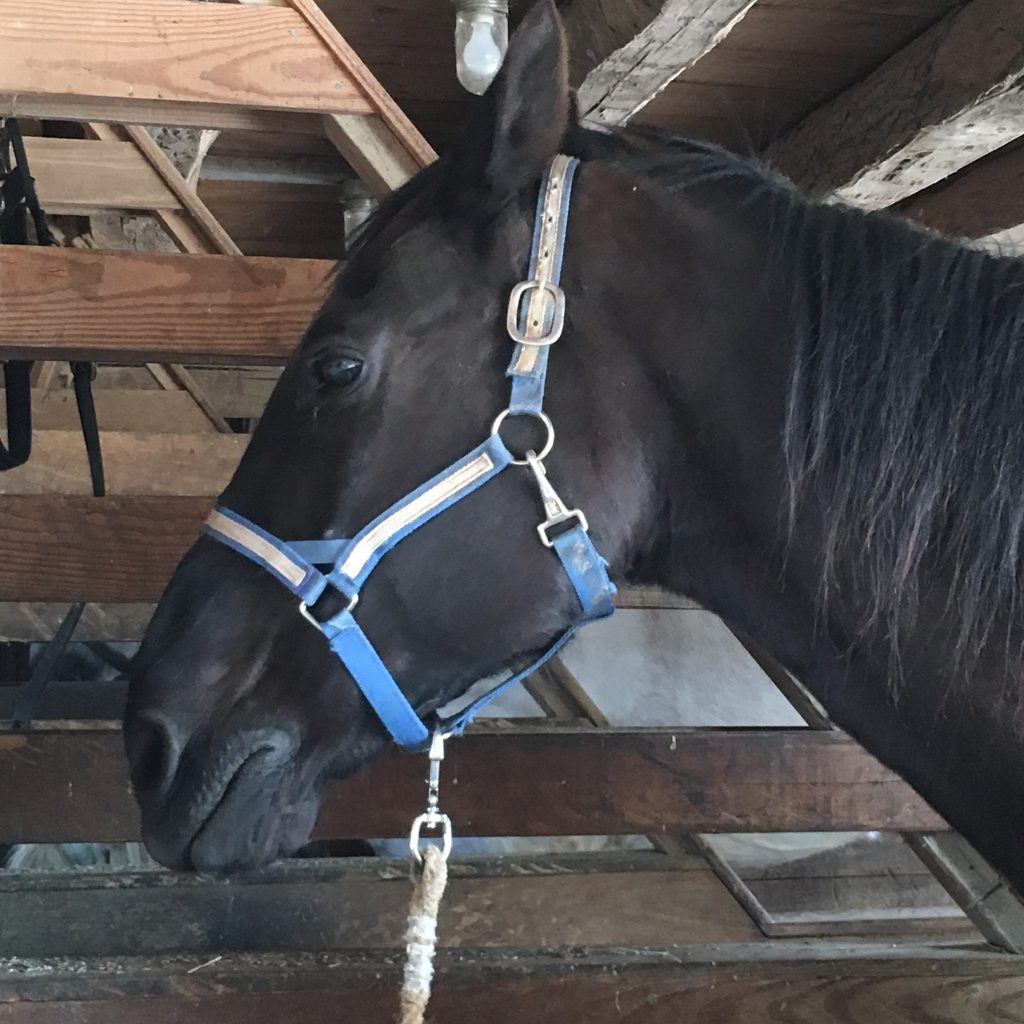
There are horses….
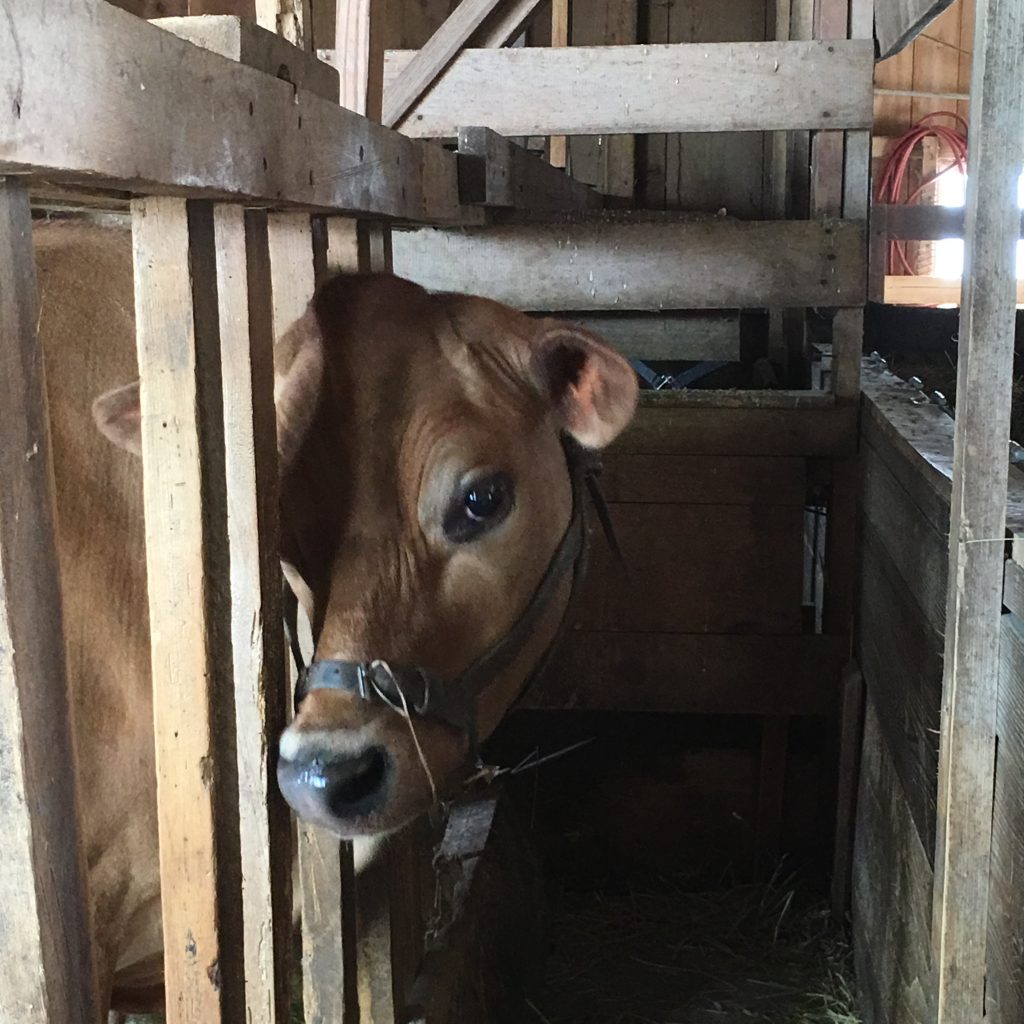
Cows….

Pigs…
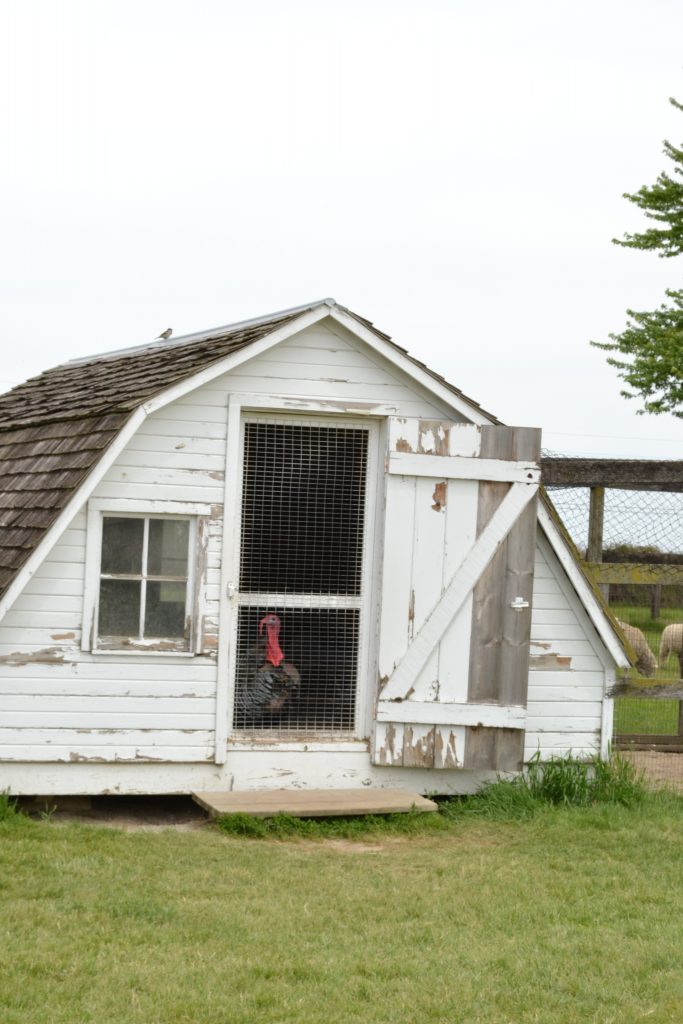
Turkeys…
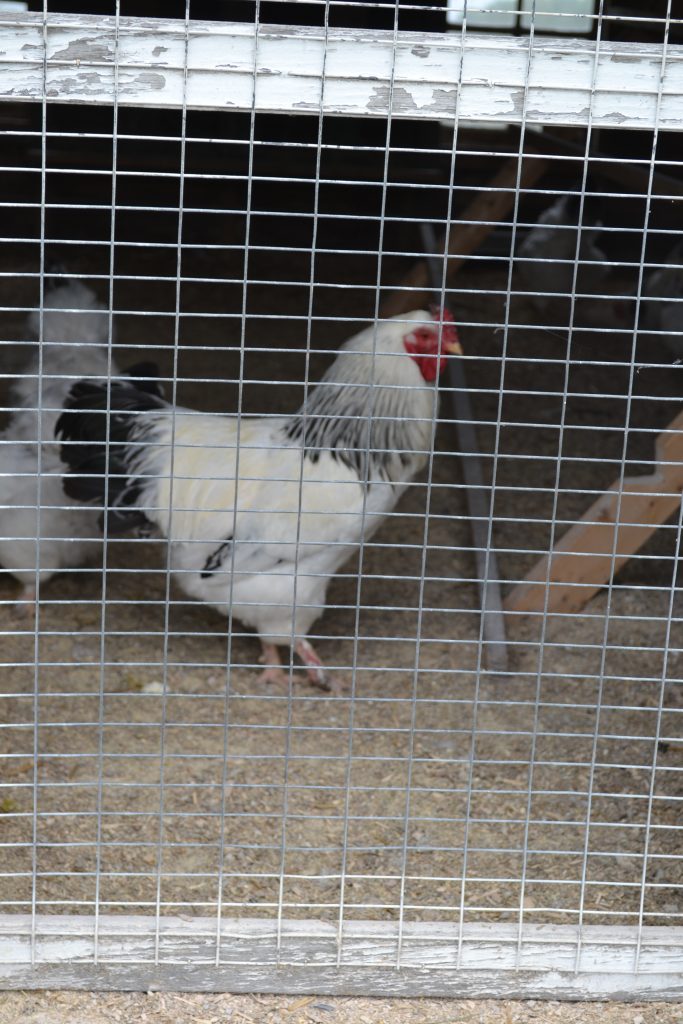
and chickens…but my favorite of all of the animals was…..
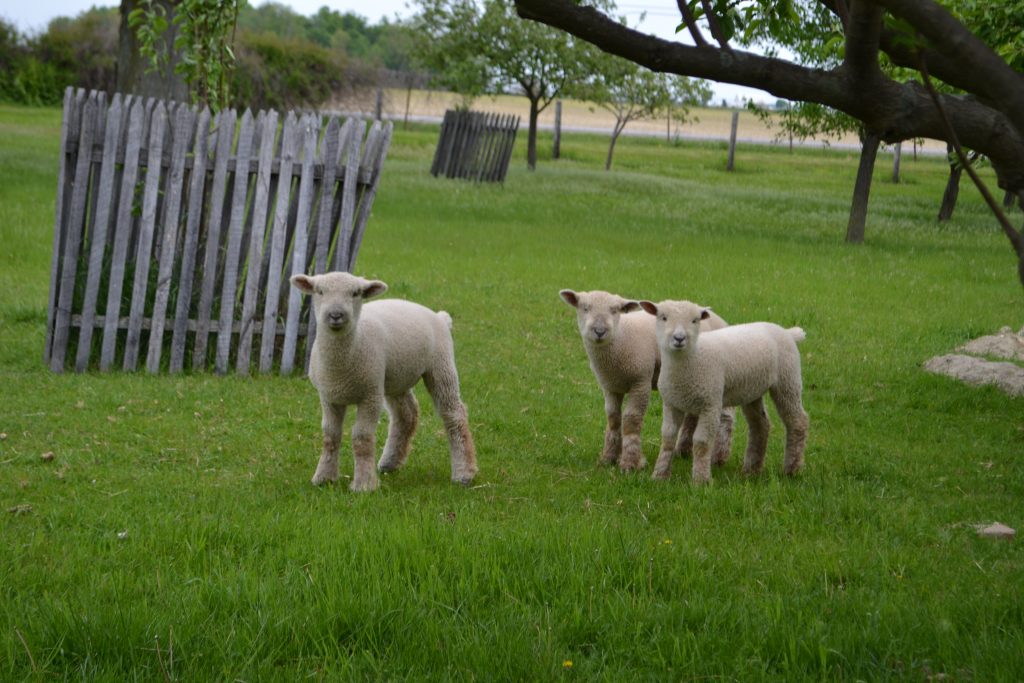
the baby lambs!
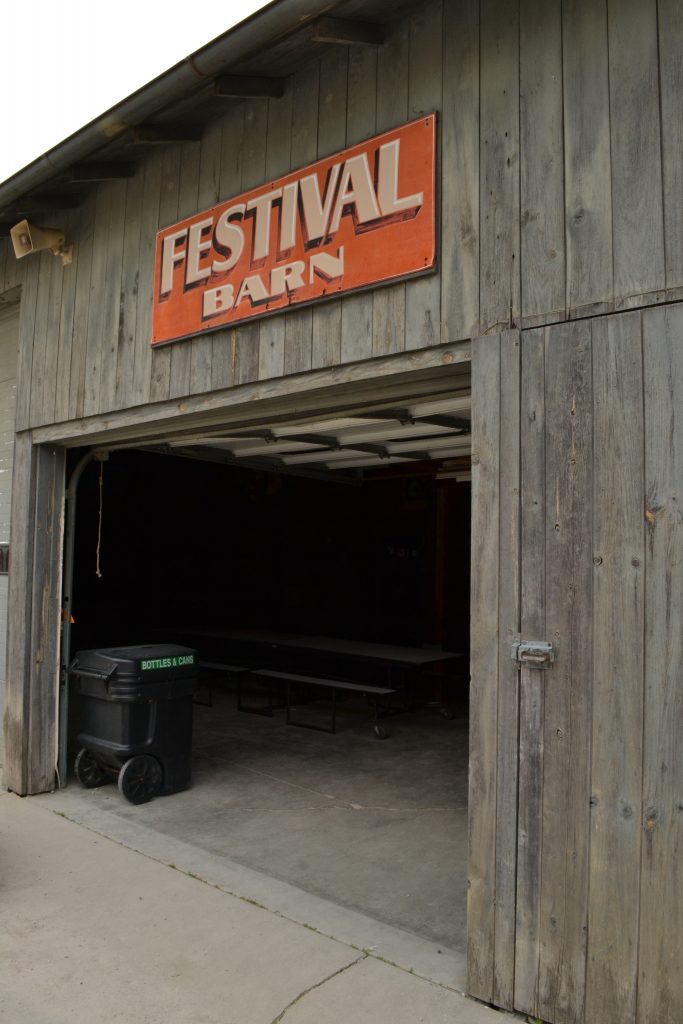
The Festival Barn is used strictly for entertainment purposes only holding special events, picnics and group lunches for visitors.
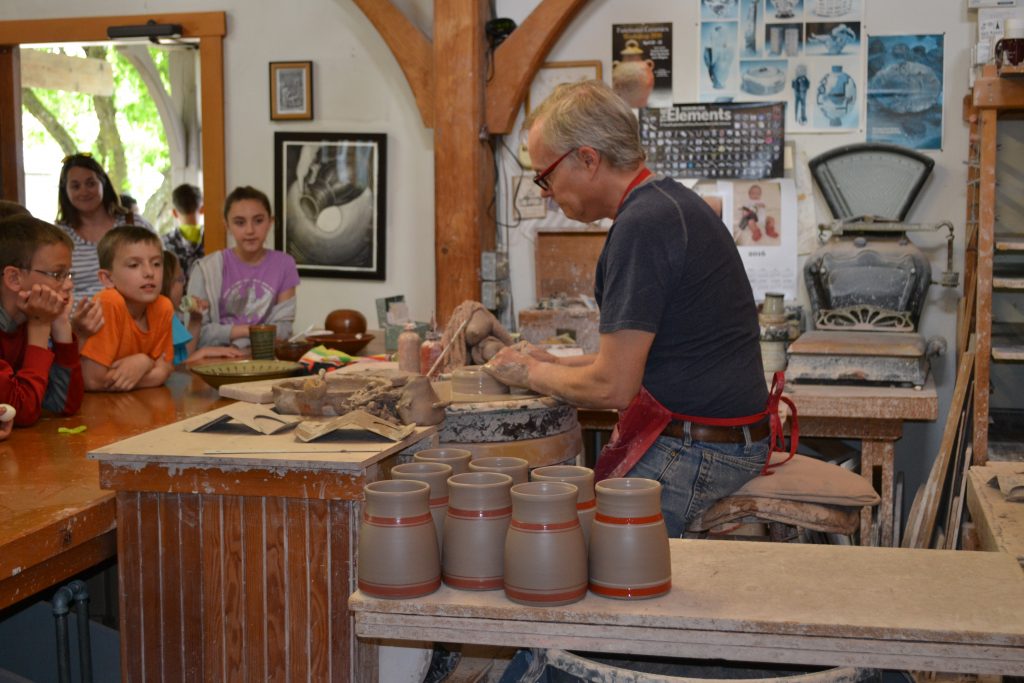
Over the bridge I arrived at Brush Creek Pottery where I found Mark Nafziger, the resident potter creating a bowl. With so many types of pottery on display, I browsed through the flower pots, vases, plates and decorative items exploring all of their designs and shapes.
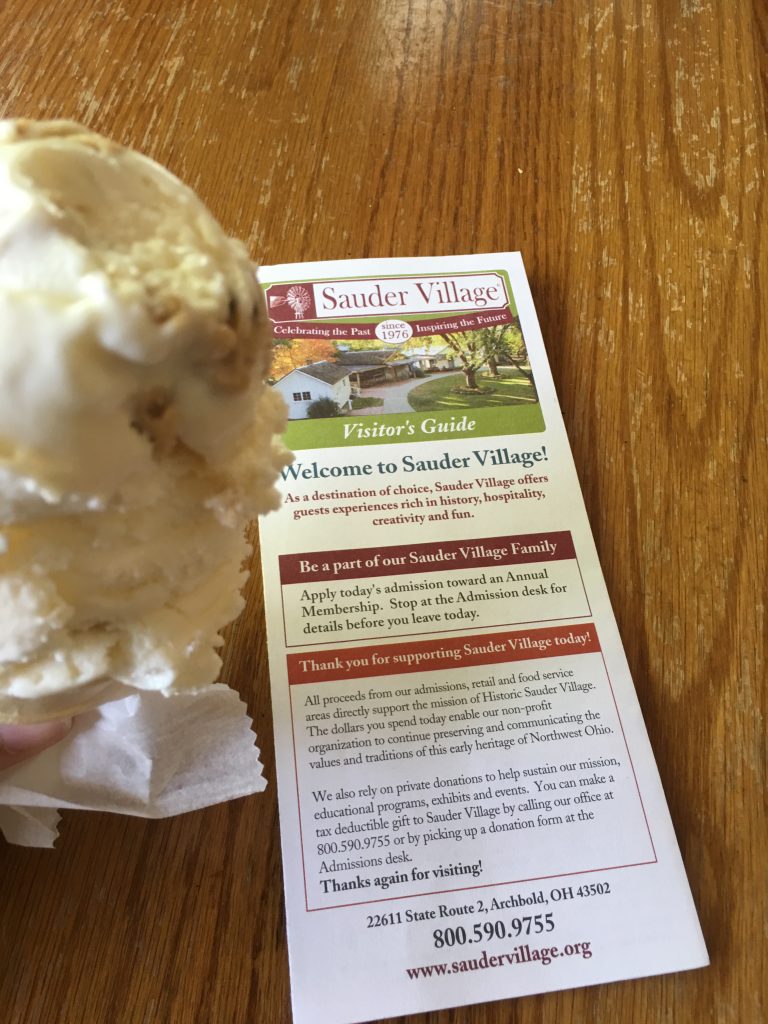
Building 22 is a storage shed for employees only, but I can’t wait to visit the next building…the Ice Cream Parlor. A perfect time for a break, I ordered a single, hand-dipped ice cream in cookie dough on a sugar cone, super creamy and delicious.
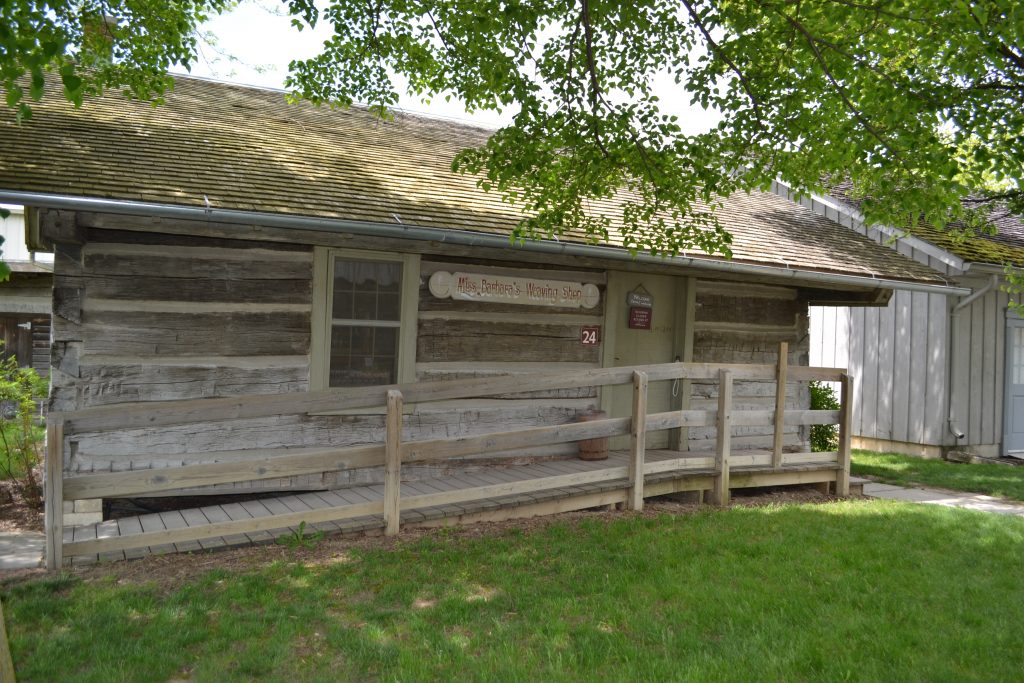
Barbara’s Weaving Shop was closed, but on days that it is open, weavers use the barn’s frame loom to create beautiful items out of both threads and rags.
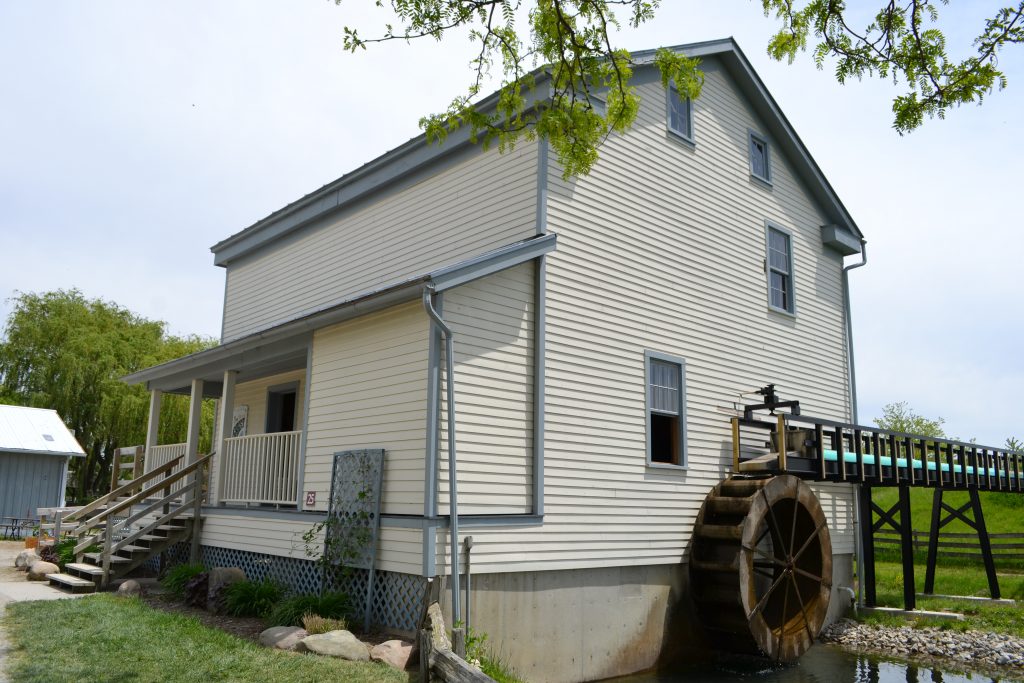
The water-powered grist mill at Sauder Village is one of the few that remain in the state of Ohio today. The process for producing corn meal is actually quite interesting. As the water is released from its source, it rushes over the wheel, turning the millstones inside to produce corn meal.
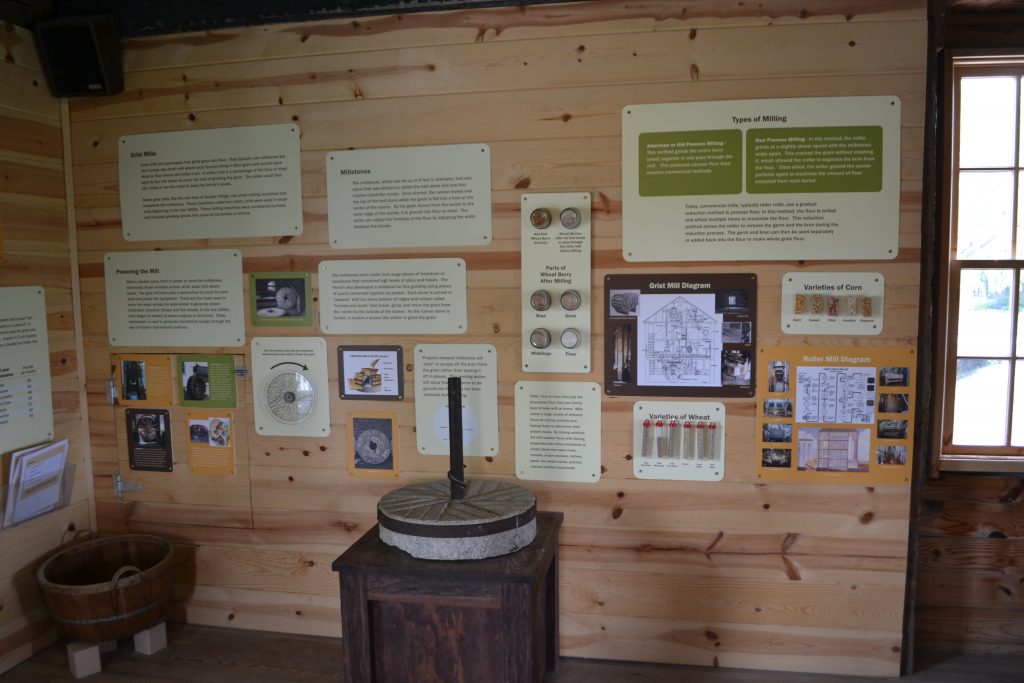
What fascinates me about this exhibit is that there are so many products that can be turned into flour or meal. An in-depth information sheet outlines how the mill works and the interactive display describes what is needed to ensure the mill runs smoothly.
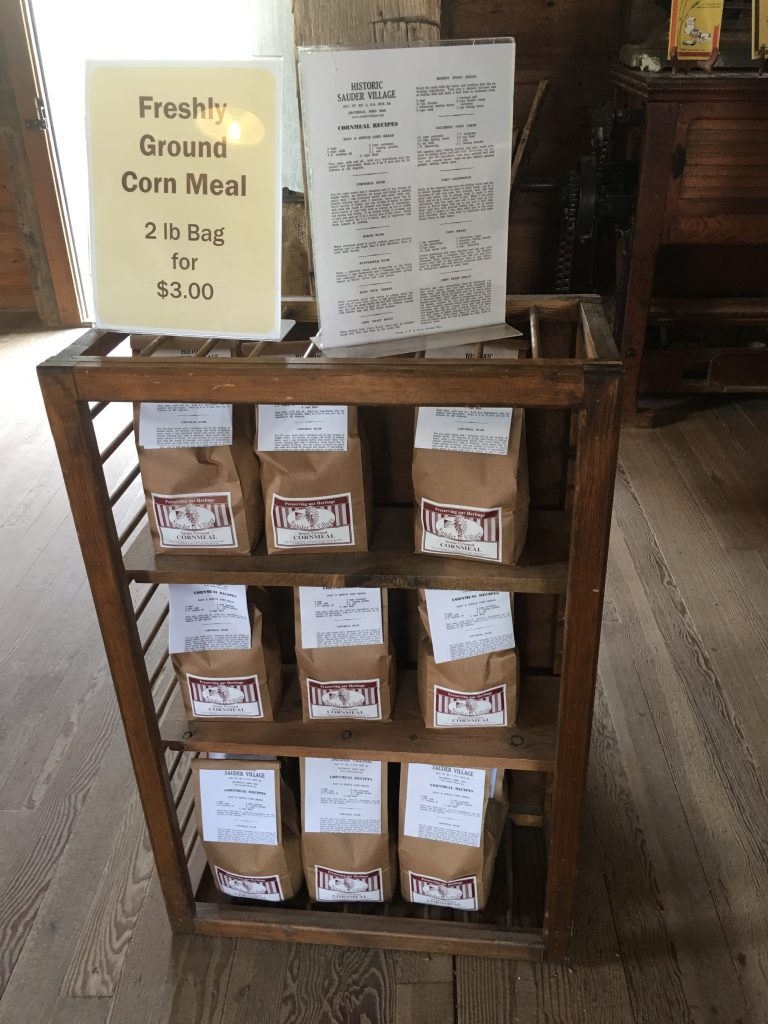
I purchased a bag of fresh corn meal to compare the fresh meal with a box for making homemade cornbread.
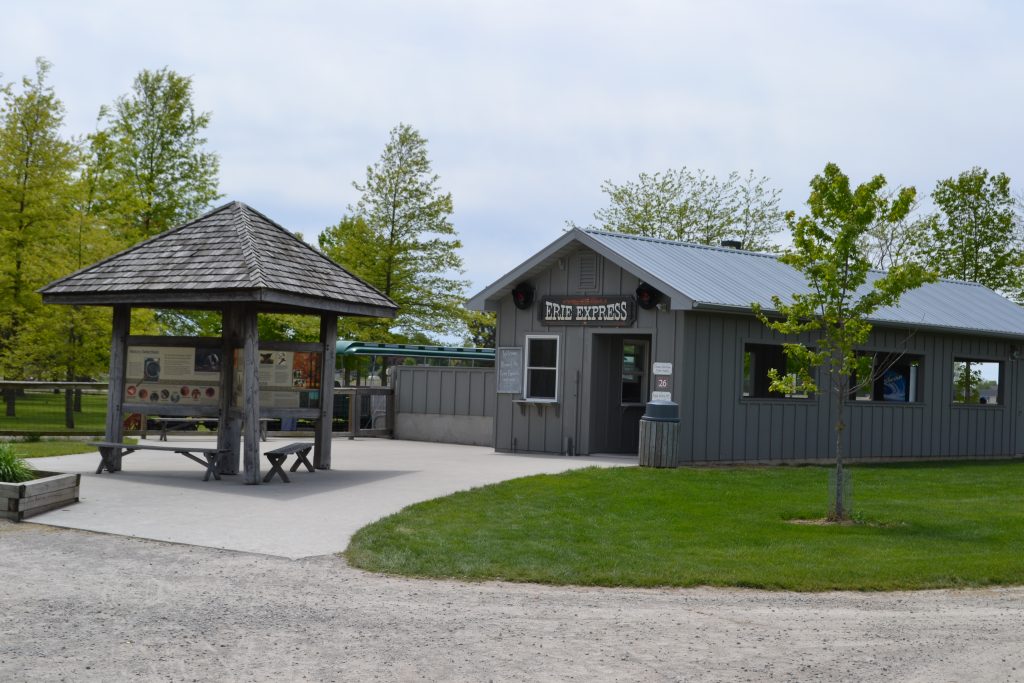
About a minute walk from the Grist Mil is the Erie Express. I decided to board the 15 minute train ride along the north end of the park where I will see glimpses of the Natives and Newcomers as well as the Pioneer Settlement. The train ride costs $2 for the multiple rides throughout the day.
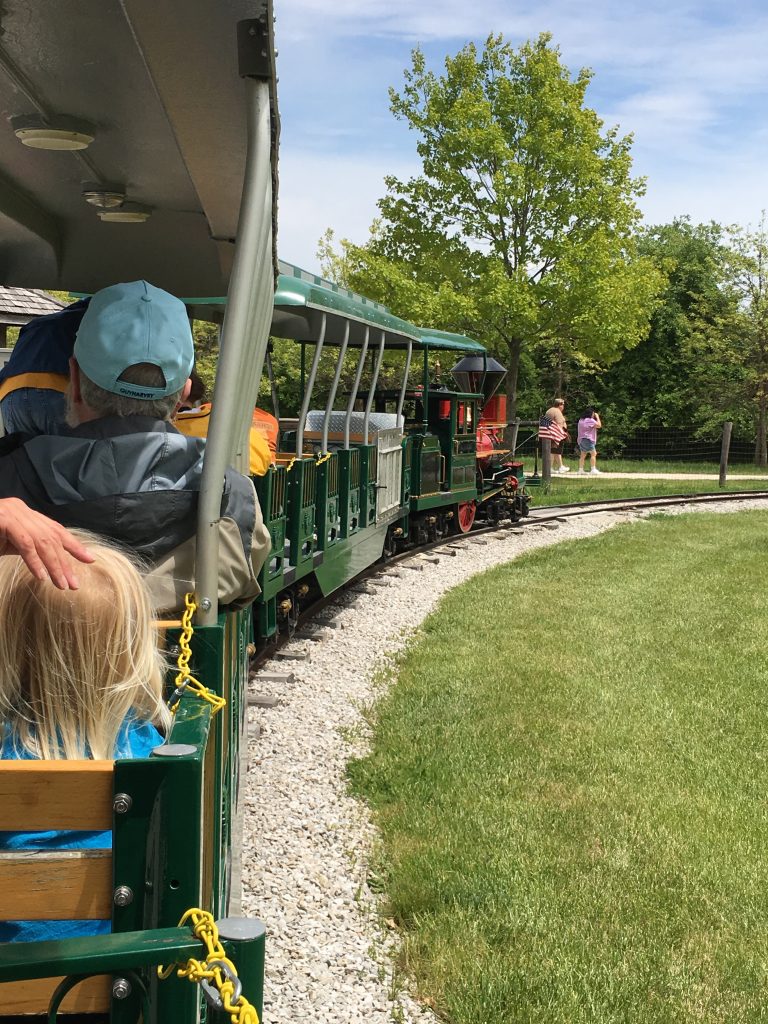
Once I disembarked the train and walked the short trip to the Natives and Newcomers exhibit. Covering the period between 1803 and 1839, I learn more about the pioneers who settled this region known as the Black Swamp area.
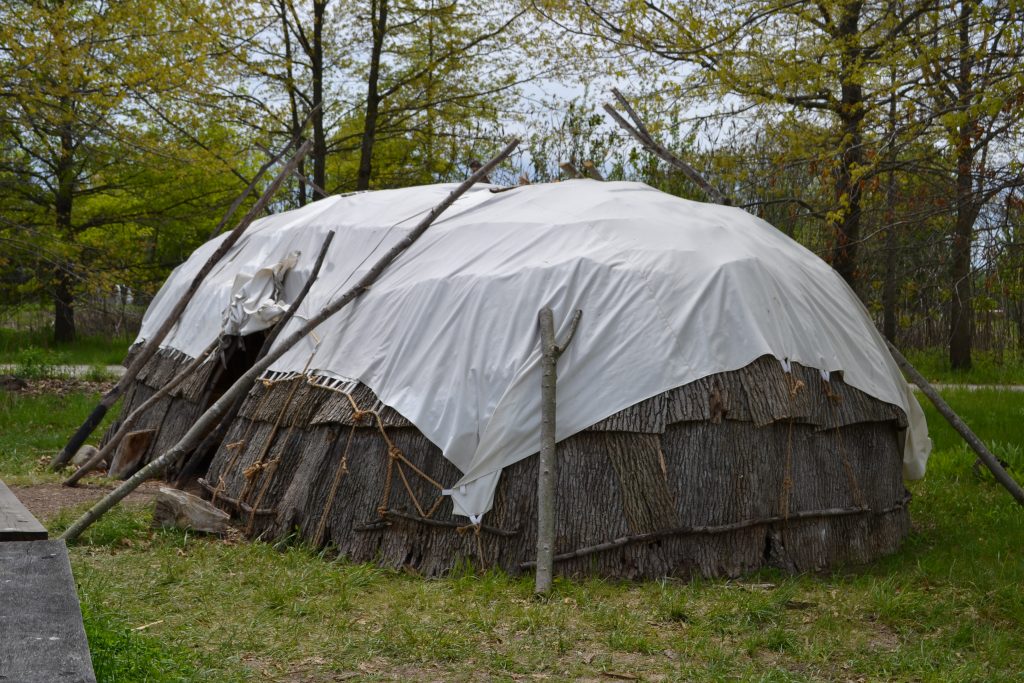
The Native American’s housing is surprisingly different than the teepee structures that I have seen in reading materials and during some of my travels out west. It seems so large and more rectangular in shape.
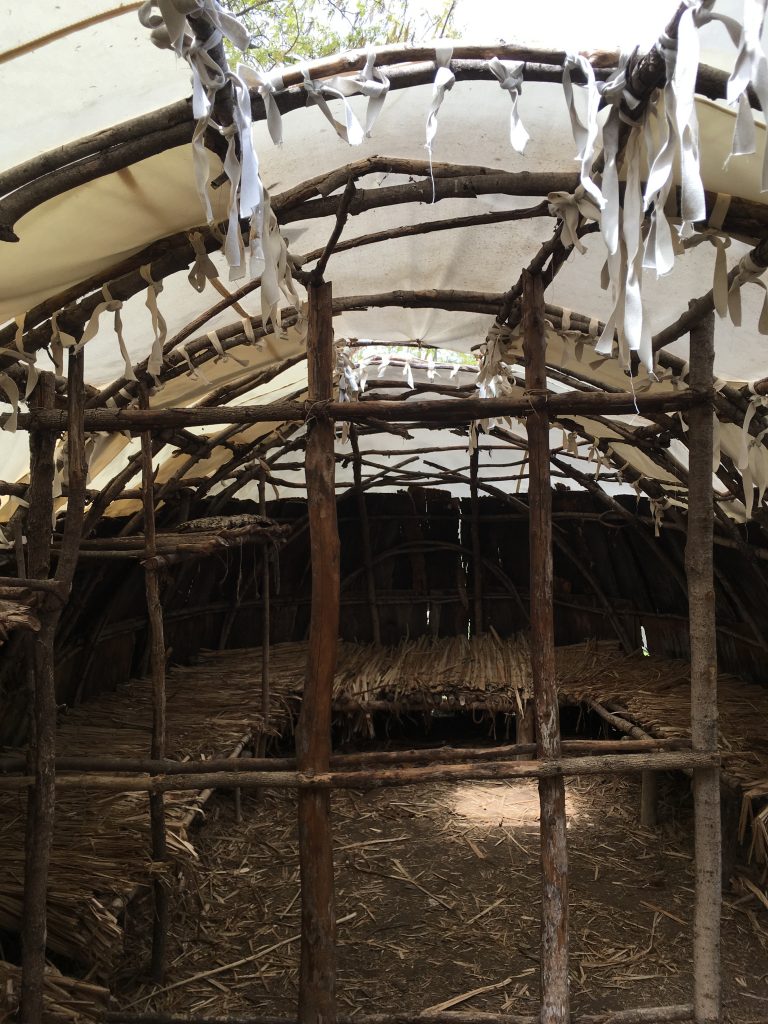
The wigwam was much larger than I had anticipated, but it was used to house two families here. In the center there was a partition that separatee each family, providing a little privacy.
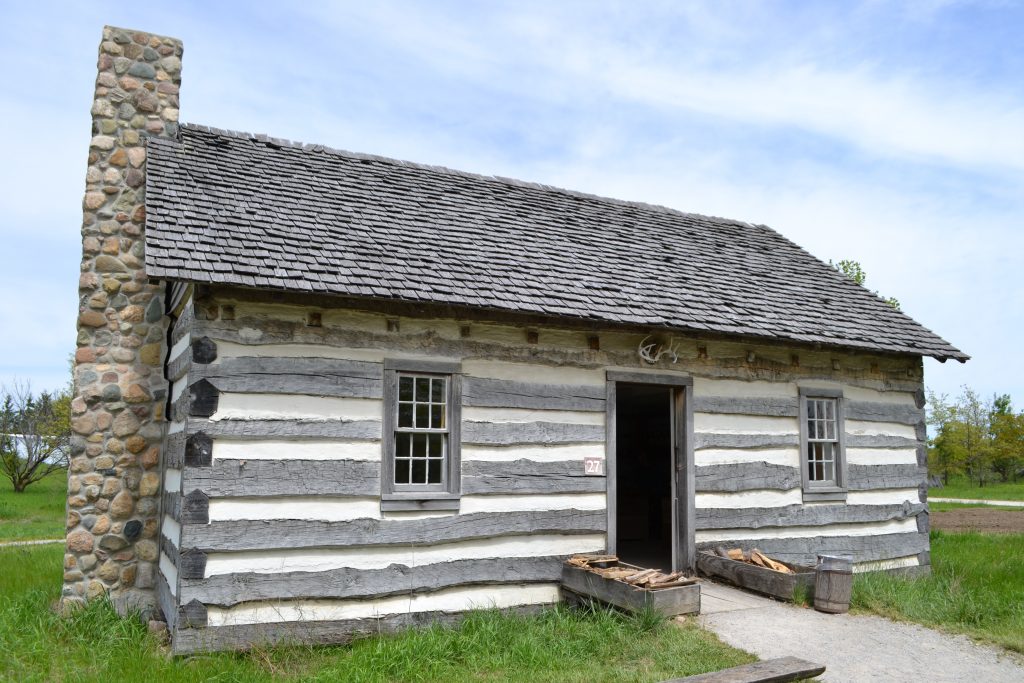
During the time that these structures were built, the settlers and the natives were already developing a trading relationship in places that were called trading posts.
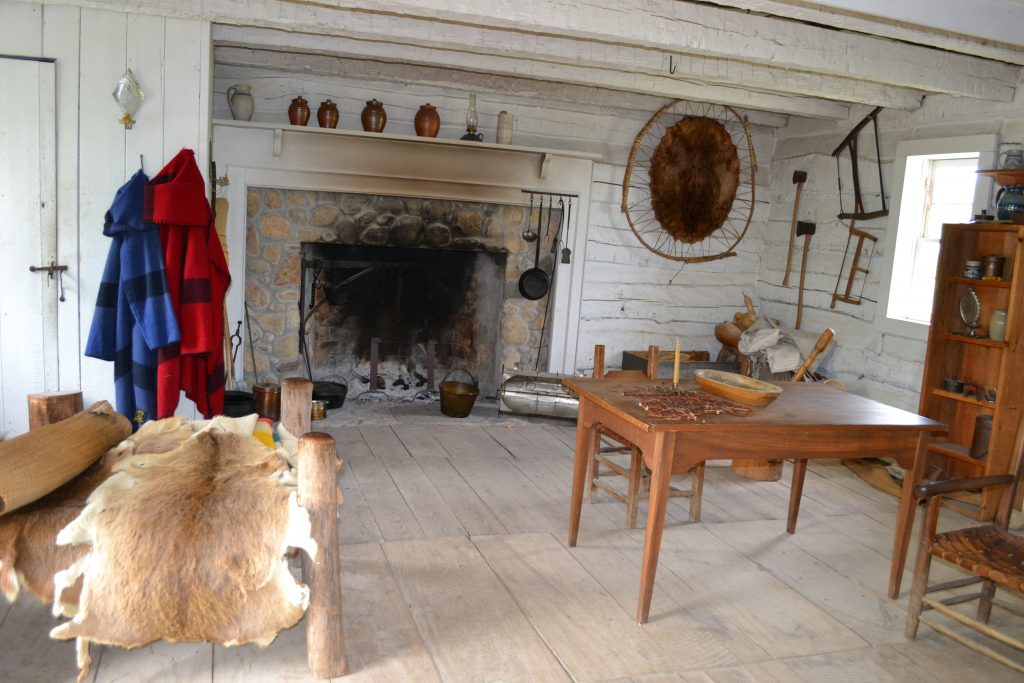
One of the more important items that settlers needed during the cold weather were animal pelts. Other items important for trade included pottery, guns, tobacco, whiskey and other items that were of interest to the trading parties.
From here, the walking path leads to the Pioneer Settlement that covers the years 1834 – 1890 when the Lauber family first arrived to this area. I am looking forward to reading more about the early settlers of the Black Swamp and to explore more of the personal lives of the residents of Fulton County. This part of my tour will be covered in Part 3 of my blog.
Have you had the opportunity to visit Sauder Village? What was your favorite sight or activity while you were here? I would love to hear about your experience if you would kindly leave a message in the comments section below! Many Thanks for reading about my visit to Sauder Village and wishing you many Happy Travels!
What to See and What to Do:
Sauder Village Living History and Farm
221611 OH-2
Archbold, OH 43502
Telephone: 419 446 2541
- Admission Fee: Adults: $24; Students, Ages 4 – 16: $18; Children, Ages 3 and under: Free; Seniors 60 and over: $22. person is permitted. 2-day Admission: Adults, $38; Students, Ages 4 – 16: $26; Valid for 2 consecutive days, non-transferable. AAA Discount: $2
- Hours: Spring (May 3 – 27): Open Wednesday to Saturday from 10AM to 3:30PM; Saturday 10AM to 4PM; Summer (May 31 – September 2): Open Wednesday to Saturday from 10AM to 5PM and Closed Sunday, Monday and Tuesday. Fall Hours (September 6 – October 8); Open Wednesday to Friday from 10AM to 3:30PM and Closed Sunday, Monday and Tuesday.
- Length of the Tour: From 2 hours to 2 days.
- Tips for Your Visit: Wear comfortable shoes as you walk through time visiting historical buildings. Download the map ahead of time and plan your day. There are several classes and demonstrations that you won’t want to miss. While there are several small shops to visit, make plans to eat at the Barn Restaurant for down-home cooking.
Where to Stay:
Sauder Heritage Inn
22611 State Route 2
PO Box 235
Archbold, OH 43502
Telephone: 800 590 9755
If you are traveling by RV, make reservations at the Sauder Village Campground.
Where to Eat:
The Barn Restaurant
22611 State Route 2
PO Box 235
Archbold, OH 43502
Telephone: 800 590 9755
Select the buffet or order from the menu loaded with down-home recipes.
What to Eat:
- Meatloaf with Mashed Potatoes
- Soups and Salads
- Fried Chicken
- Roat Beef Dinners
What to Read:
- Heritage of the Black Swamp, by Cynthia Covert Harger
Photo Guide to Sauder Village
- Visit Sauder Village in the spring for newborn baby animals
